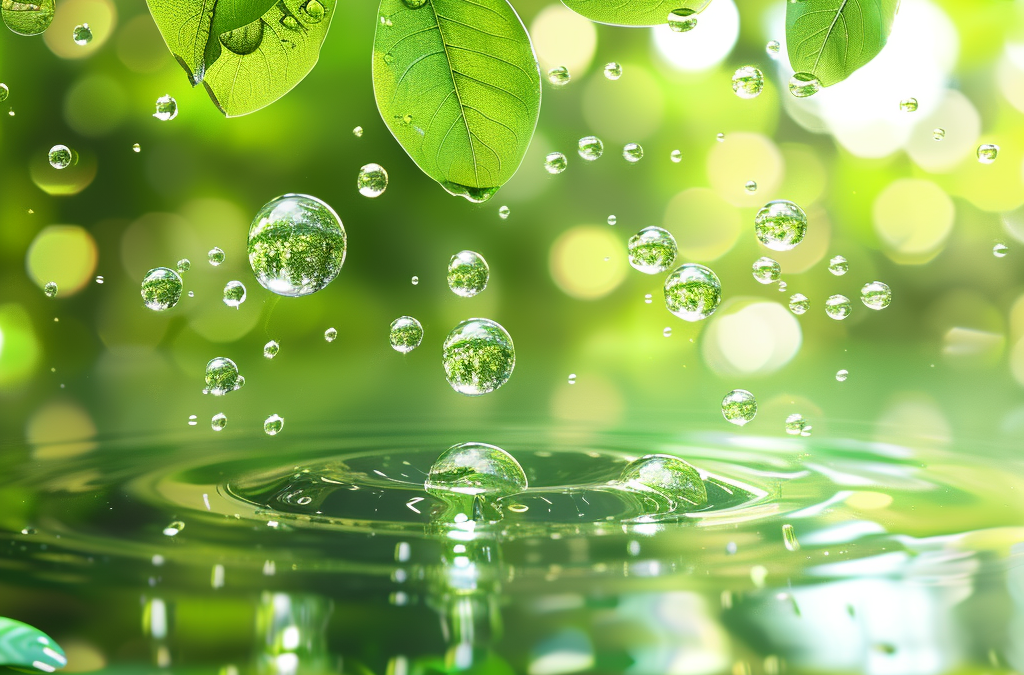Introduction to Eco-Friendly Coating Solutions Eco-friendly coating solutions represent a significant advancement in our approach to sustainable living. In this article, we delve into the world of these innovative materials, exploring their composition, benefits, and the crucial role they play in tackling today’s environmental challenges. But what exactly are eco-friendly coatings, and why are they becoming increasingly important?
The Evolution of Coating Technologies Traditional coatings have long been a part of our industrial and domestic landscapes. However, they come with a significant environmental cost, including high levels of volatile organic compounds (VOCs) and other harmful chemicals. The evolution from these traditional solutions to eco-friendly alternatives marks a pivotal step in our journey towards sustainability.
Understanding Eco-Friendly Coatings At their core, eco-friendly coatings are composed of materials that minimize environmental impact. Unlike their traditional counterparts, these coatings are made from natural, renewable resources and contain low levels of VOCs, making them safer for both the environment and human health.
Benefits of Eco-Friendly Coatings The benefits of using eco-friendly coatings are manifold. Environmentally, they reduce pollution and conserve natural resources. From a health perspective, they diminish the risk of respiratory problems and other health issues associated with high VOC products. Economically, while the initial investment might be higher, they offer long-term cost savings due to their durability and efficiency.
Applications of Eco-Friendly Coatings These coatings have a wide range of applications. In residential areas, they improve indoor air quality and reduce environmental impact. In commercial and industrial settings, they offer sustainable alternatives without compromising on performance. They are also increasingly used in specialized sectors like automotive and marine.
Key Ingredients in Eco-Friendly Coatings The heart of eco-friendly coatings lies in their ingredients. These include natural materials like plant oils and resins, as well as innovative compounds that reduce or eliminate VOC content. The industry’s shift towards green chemistry is pivotal in developing these sustainable solutions.
Challenges in Adopting Eco-Friendly Coatings Despite their benefits, several challenges hinder the widespread adoption of eco-friendly coatings. These include higher costs compared to traditional coatings, perceived issues with performance, and a lack of awareness about their availability and advantages.
Case Studies: Success Stories Real-world examples of successful implementation of eco-friendly coatings provide valuable insights into their impact and efficacy. These case studies demonstrate the tangible benefits and encourage more widespread adoption.
Future Trends in Eco-Friendly Coatings The future of eco-friendly coatings is bright, with ongoing research and development paving the way for even more innovative and effective solutions. Industry predictions suggest a significant shift towards these sustainable options in the coming years
How Consumers Can Make a Difference Every consumer has the power to drive change towards a more sustainable future. By opting for eco-friendly coatings in home renovations and advocating for their use in community projects, individuals can contribute significantly to environmental conservation.
Regulatory Landscape for Eco-Friendly Coatings The adoption of eco-friendly coatings is further influenced by global policies and regulations. Governments around the world are increasingly recognizing the need for sustainable practices, leading to stricter compliance and certification standards for eco-friendly products.
The Role of Technology in Advancing Eco-Friendly Coatings Advancements in technology play a crucial role in the development of eco-friendly coatings. Innovations in manufacturing processes, the application of AI, and the utilisation of big data are driving the creation of more efficient and effective sustainable coating solutions.
Consumer Insights and Market Dynamics Understanding consumer preferences is key to the growth of the eco-friendly coatings market. As awareness increases, so does the demand for sustainable products, indicating a positive trend in market growth and potential.
Tips for Implementing Eco-Friendly Coating Solutions For those interested in adopting eco-friendly coatings, there are numerous tips and tricks. DIY enthusiasts can explore various products for home use, while those undertaking larger projects may benefit from professional advice to ensure the best results.
Conclusion In conclusion, eco-friendly coating solutions are more than just a trend; they are a necessary step towards sustainable living. By understanding their benefits, applications, and the role each of us can play in promoting their use, we can make significant strides in environmental conservation.
FAQs
- What makes a coating solution ‘eco-friendly’? Eco-friendly coatings are typically made from natural or renewable resources, contain low VOC levels, and have a minimal environmental impact compared to traditional coatings.
- Are eco-friendly coatings more expensive than traditional coatings? Initially, they may be more expensive, but eco-friendly coatings often offer greater long-term value due to their durability and lower environmental impact.
- Can eco-friendly coatings be used in all the same applications as traditional coatings? Yes, they are increasingly being developed for a wide range of applications, including residential, commercial, and specialised industries.
- How do eco-friendly coatings contribute to sustainable living? They reduce pollution, conserve resources, and improve indoor air quality, contributing significantly to a more sustainable lifestyle.
- Where can I find eco-friendly coating products? Eco-friendly coatings are available at many home improvement stores and through specialist suppliers. It’s important to research and choose products that meet specific sustainability certifications.


